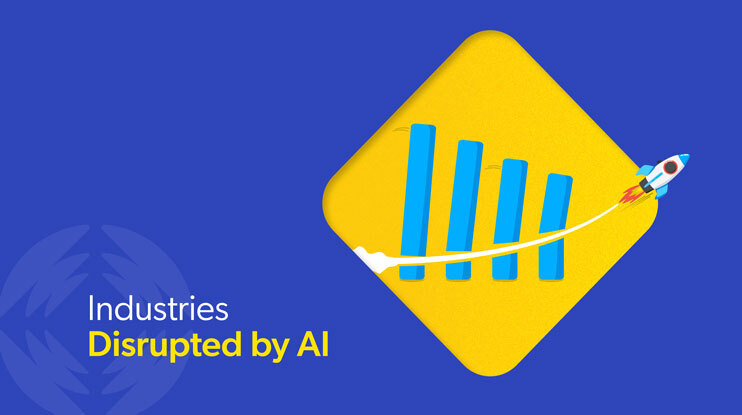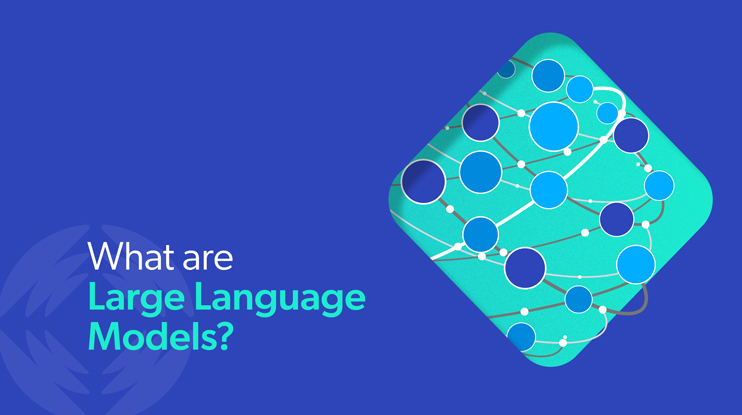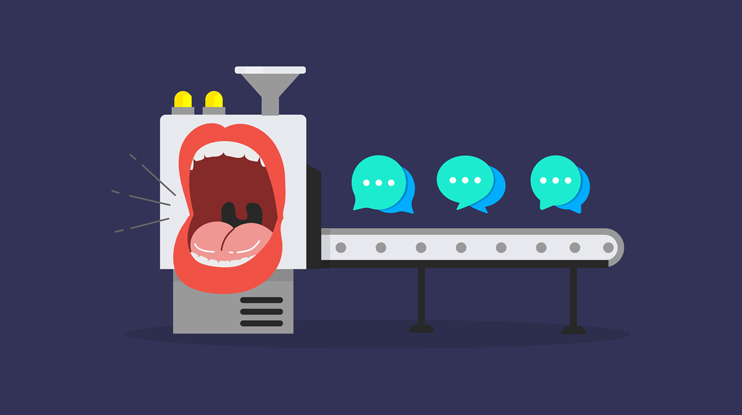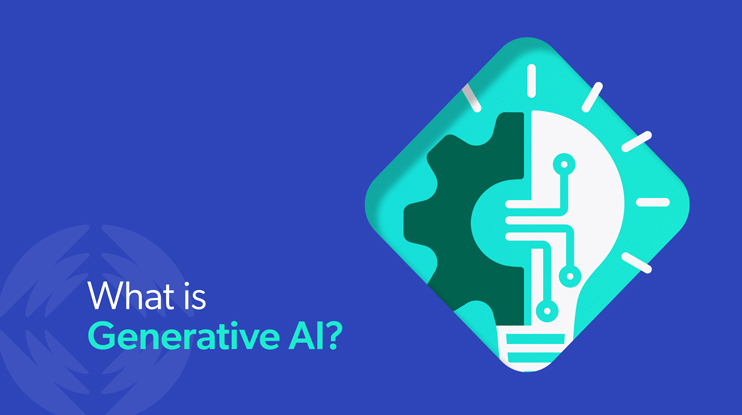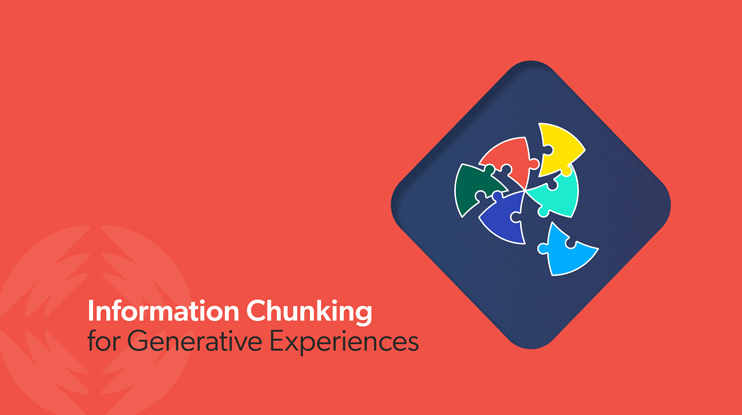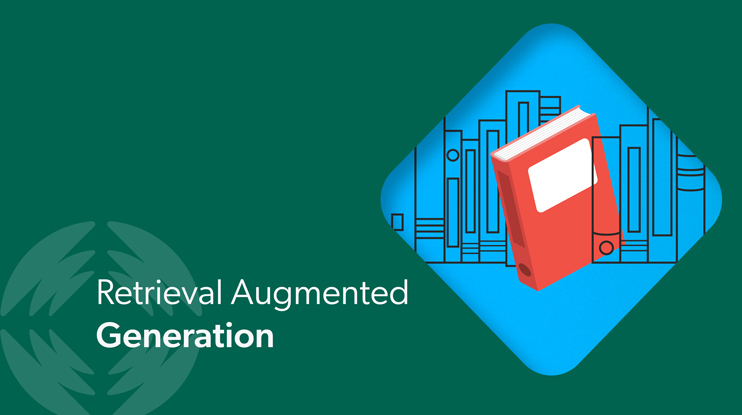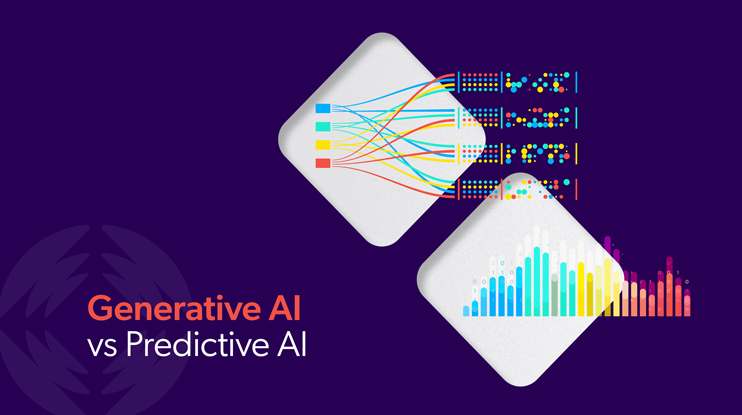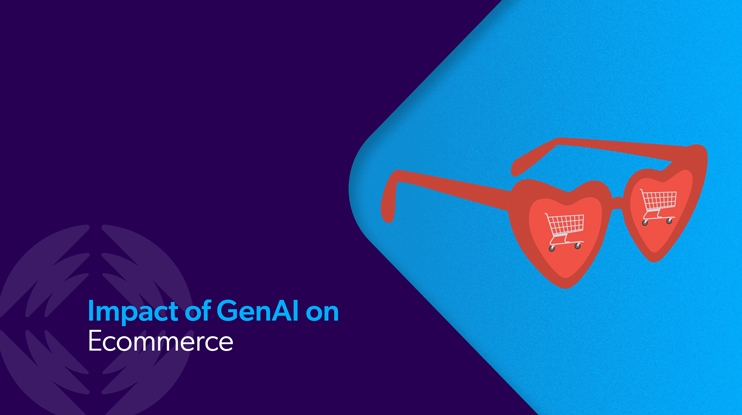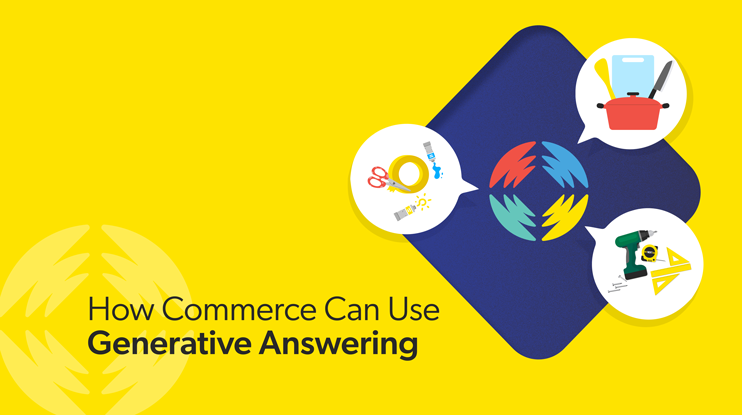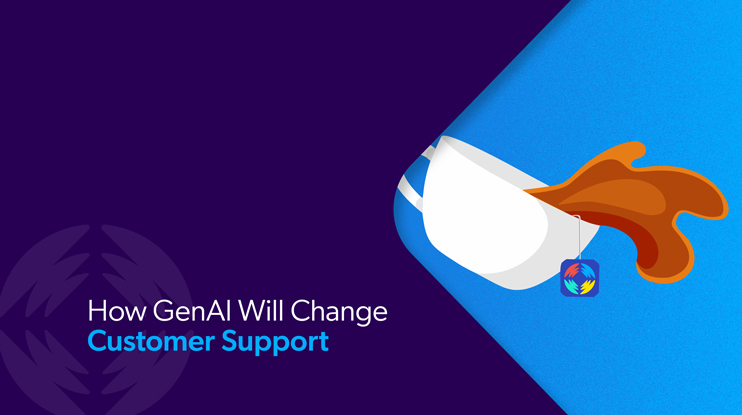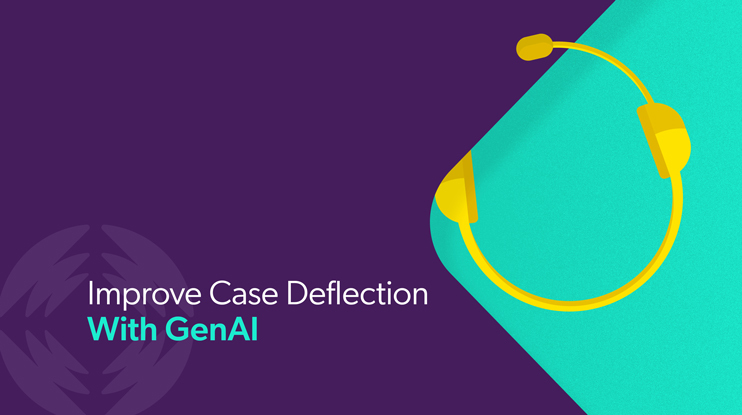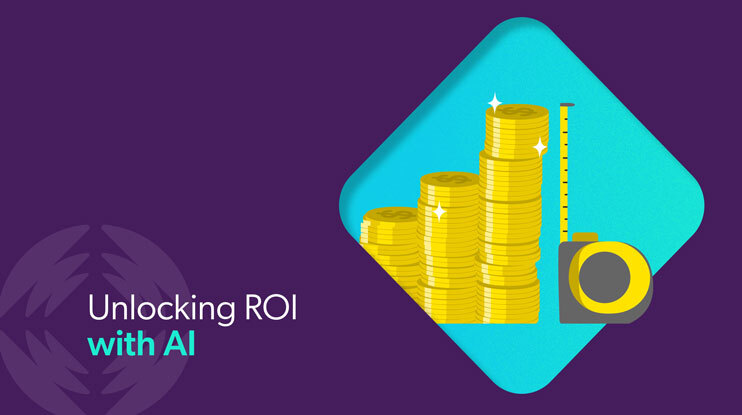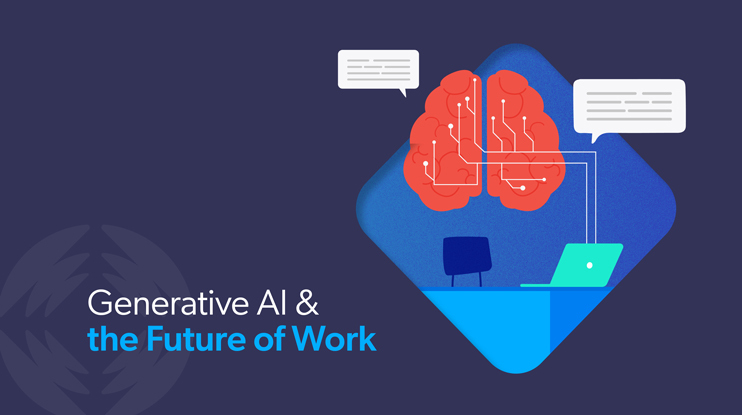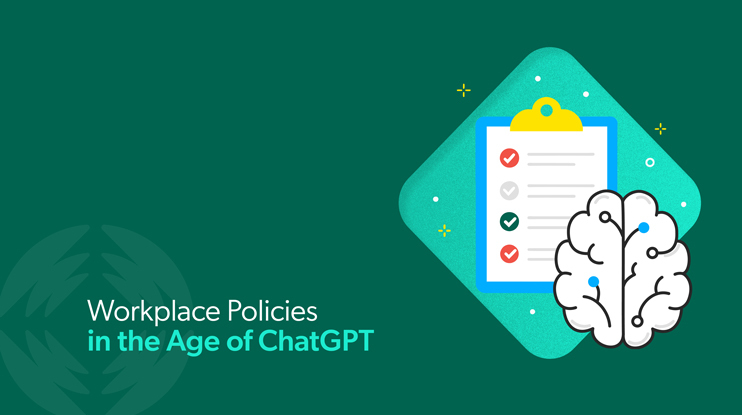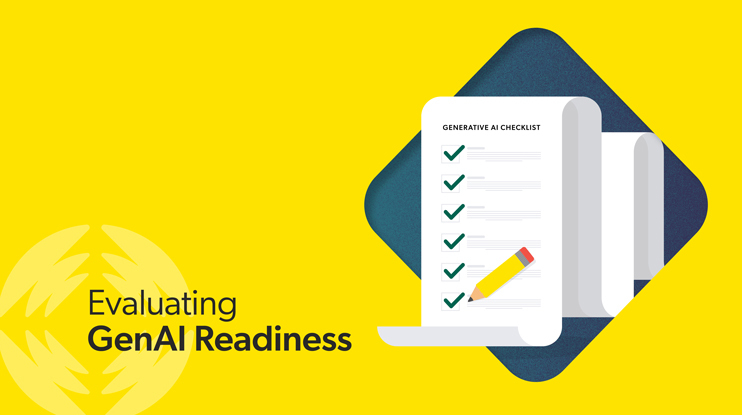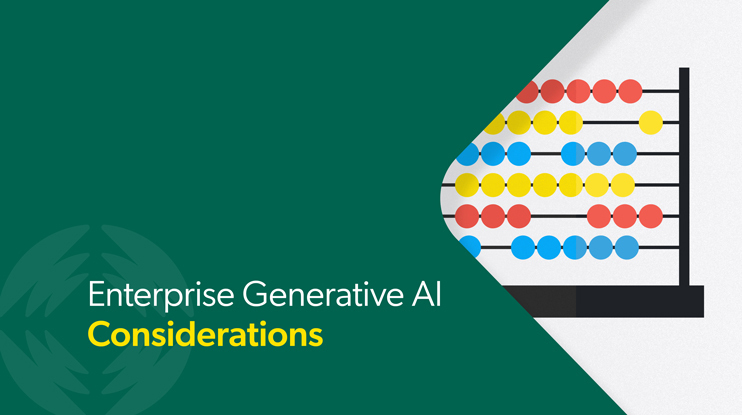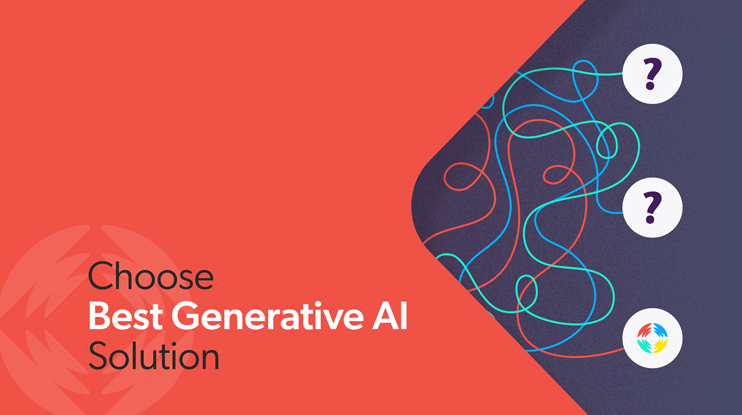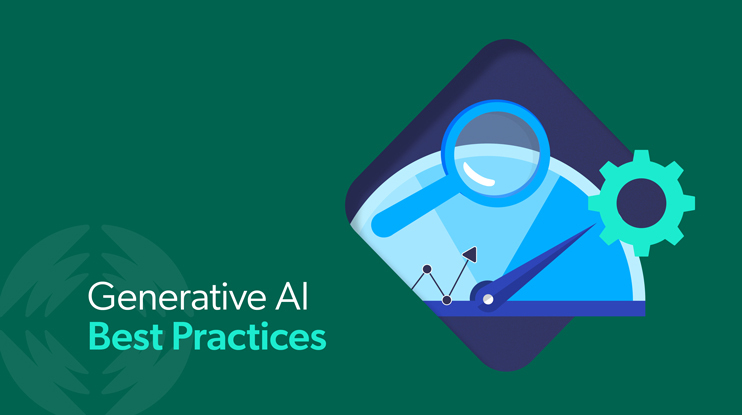Over the past three years, GenAI has rapidly evolved from novelty to necessity across industries.
There’s no question that artificial intelligence is creating a paradigm shift across industries, fundamentally changing how businesses operate and interact with customers. In this post we cover the rapid adoption of GenAI and its growing role in business disruption, including how GenAI is:
- Revolutionizing virtual patient care and precision medicine in healthcare
- Enhancing customer experience in banking and financial services
- Driving innovation, automation, and personalization in retail and commerce
Business sectors like retail, healthcare, and finance are already experiencing seismic shifts from the rapid adoption of GenAI. These are a few of the most AI-disrupted industries — sectors that are completely reimagining business as usual thanks to generative models and tools.
What Is the Adoption Rate of GenAI?
ChatGPT, which was released in November 2022, ushered in an AI revolution. It introduced much of the business sector GenAI’s potential. GenAI adoption has grown each year since then, with 64% of businesses in a 2025 Gallagher Re survey reporting they’re using or testing GenAI (as of December 2024). This is up from 54% the previous year.
This adoption rate shouldn’t be shocking — the pandemic was a catalyst that forced us to use technology in ways we hadn’t before. We logged into online platforms and apps to see their doctors, buy groceries, and get work done.

Businesses, forced to adapt quickly, embraced generative AI technology to accommodate this monumental shift in employee and consumer behavior.
Here’s a sample of GenAI use cases that speak to how businesses are embracing AI capabilities:
- In-product help: Provides real-time answers via AI agents or chatbots to keep customers engaged and focused on continuing their digital journey.
- Website support: Delivers precise, context-aware answers by combining retrieval-augmented generation (RAG) with natural language understanding and generation. This approach ensures users receive actionable insight in a more conversational and intuitive way versus getting a list of simple links.
- AI-powered personalization: Analyzes customer behavior to generate tailored product recommendations, insights, and interactions.
- Customer-self service: Synthesizes content, summarizes insights, and provides actionable recommendations to customers as they navigate a website. This allows for faster and more accurate issue resolution and higher deflection rates.
Tools like telehealth systems, AI-enabled enterprise search engines , and virtual conferencing apps helped businesses connect with customers digitally during a time when people were hunkering down and staying home.
Within the broader field of artificial intelligence, GenAI stands out for its potential to tackle creative work in ways machines weren’t able to before ChatGPT was launched.
Impact of GenAI on Workforce and Jobs
That generative AI disruption extends across most knowledge worker jobs isn’t debatable. While it’s fueling worker anxiety, it’s also creating new opportunities, particularly for people with AI skills and those willing to learn.
GenAI drives job creation
GenAI is driving the creation of entirely new roles like prompt engineers, who design and refine the inputs that guide AI models to produce accurate and relevant outputs. AI trainers are needed to fine-tune models by providing feedback and curating training data and AI auditors ensure that AI systems operate ethically and comply with regulations.
Relevant reading: 12 GenAI skills needed in the workplace
GenAI displacement
Workers remain extremely concerned about AI taking their jobs. According to a recent Pew survey of just under 5300 U.S. workers, 32% said they believe AI technology will lead to less job opportunities. By automating tasks like content creation, data analysis, and customer service, GenAI has the potential to reduce the need for certain roles, but human interaction and oversight remains important (and needed).
GenAI challenges
GenAI models can perpetuate human biases, particularly when trained on flawed or unrepresentative data. This is especially concerning areas like public policy, government projects, or human resources. Editorial concerns exist as well. The potential for misuse, such as generating harmful or misleading content, underscores the need for transparency and oversight. GenAI models sometimes produce incorrect or fabricated information (hallucinations), which can lead to errors in decision-making.
Despite these challenges, many workers and organizations remain optimistic about the potential of artificial intelligence and GenAI. When asked about its benefits in a recent Coveo survey, participants were asked an open-ended question about the benefits of GenAI, they responded enthusiastically.

With that said, here’s how four top industries are dealing with GenAI head on.
1. GenAI in Health Insurance
Health insurance companies are improving member experiences with AI in some interesting and innovative ways. According to EY, 99% of insurers are already investing in AI or planning to invest.
Key GenAI applications showing promise in the health insurance industry include:
Improving member portal usability
Member portals are becoming easier to use thanks to adaptive search experiences powered by GenAI. The technology interprets user signals as data points and uses this information to retrieve answers quickly based on member searches. It does this by automatically filtering results, suggesting queries, and presenting unified search results from multiple databases.
Making customer service better
GenAI helps customer service agents by detecting issues based on member interactions and guiding members to resolution. GenAI acts as a personal assistant to customer service agents by summarizing insights based on content, user actions, and affinities. The AI system can respond to natural language queries, make recommendations, and generate relevant answers in a way that makes sense based on whatever channel is being used.
Personalizing member content
GenAI personalizes content by analyzing data from connected medtech which it uses to make personalized health recommendations, customize offers and serve up relevant content (e.g., offering wellness incentives like gym memberships to members tracking their weight, blood pressure, and BMI).
2. GenAI in Healthcare (excluding insurance)
The realm of healthcare is a big one, so we wanted to give its own category apart from health insurance.
Here’s how GenAI may shake up the healthcare sector:
Automation
Thanks to AI, some of the mundane work inherently associated with healthcare can be completed by AI-enabled tools that automate repetitive or time-consuming tasks. This not only allows specialists and other healthcare personnel to spend more time on patient care, it reduces human error. The Mayo Clinic’s physicians and researchers are working with AI industry specialists to create an AI algorithm that leverages their vast store of data for early disease detection.
Virtual patient care
In a virtual care setting, AI can monitor patient behavior and alert doctors and other practitioners about an issue that needs follow up. This can also help reduce error. One example is that of Biofourmis, a virtual care management service, which uses AI to remotely monitor patients with complex chronic conditions. Another example is that of Yuan General Hospital, based in Taiwan, which collaborated with digital transformation consultants TPIsoftware to create a GenAI health platform that makes virtual care easier. The platform streamlines data extraction, medical decision support, and processing of documents.
Diagnosis
AI has begun outperforming humans when diagnosing various conditions. Viz.ai is a care coordination platform that uses patient brain scans to identify early signs of large vessel occlusion strokes. The Mayo Clinic’s AI-assisted screening tool can identify people at risk of left ventricular dysfunction with 93% accuracy. Digital Diagnostics uses AI to detect diabetic retinopathy and some types of skin cancer.
Precision medicine
GenAI facilitates precision medicine by using patient data like disease profile, diagnostic information, and demographics to create tailored treatment protocols. The approach uses ML algorithms with large datasets that include genetic information, demographic data, or electronic health records to predict a prognosis and recommend a treatment strategy. Again, the Mayo Clinic is a great example of how top health institutions are paving the way here. They developed an AI model trained to identify the presence of a weak heart pump using the Apple watch. Patients in a clinical trial sent the data straight to Mayo Clinic’s servers where it could be analyzed and acted on instantly.
Drug discovery and development
AI models can perform drug compound property and activity prediction. They’re being used for de novo design of drug compounds, a computational approach that designs drug molecules from scratch using atomic building blocks or existing ligands. One of the most promising applications of GenAI in healthcare is in drug discovery—AI models are being used to mine vast stores of biomedical data to discover new applications for existing drug compounds. Recursion Pharmaceuticals, a techbio company, uses artificial intelligence and machine learning in their platform, Recursion OS, to identify novel drug targets and potential mechanisms of action. The platform combines high-throughput automation and proprietary data sets to discover new applications for existing drug compounds more efficiently.
3. GenAI in Banking & Financial Services
McKinsey recently declared that GenAI is revolutionizing banking. It’s expected to add between $200 billion and $340 billion in value annually to the global banking sector. Nearly 60% of banks are using GenAI in some capacity, up from 45% in 2023.
Banks are optimistically approaching GenAI as a potential solution to enhance the customer experience, detect market trends, power efficient service outcomes, and boost employee productivity, while seeking to minimize security risks.
Here are some potential GenAI innovations in banking and financial services:
Making banking easier
GenAI could be a huge help in first contact resolution. By surfacing answers in both self-service and assisted support scenarios, customers can resolve problems and agents can be empowered to generate ideas for novel issues. GenAI should be able to create answers that are more tailored to the customer’s situation (which life-stage, what wealth segment, etc.) These insights can be delivered to a customer service rep, who will act as the human in the loop, before they are delivered to customers directly.
Improving people’s financial wellness
AI applications can help customers spot new opportunities to improve their financial wellbeing, by describing (and linking) to resources like budget calculators or credit card maximizers. real-time advice to help customers make better financial decisions.
Boosting employee productivity
AI programs – beyond generative – are already being rapidly deployed in financial services to improve customer service by reducing the time employees spend searching for information. For example, AI-powered intelligent search can be used to analyze customer queries and automatically provide customer service agents with relevant information or suggested responses. This shortens handle times on calls with complex, multi-part, questions since agents don’t have to search across multiple applications. It also makes it more likely that a customer’s issue is resolved with the first call versus being escalated to another agent.
Security and fraud detection
Banks use GenAI to aid in fraud detection and increase security by using ML algorithms to analyze transaction data and automatically detect suspicious patterns. GenAI tools also help banks remain in compliance with regulatory bodies by summarizing and preparing reports, automating/extracting data for these reports, and reducing overall time needed to remain in compliance.
4. GenAI in Commerce & Retail
We’d be remiss if we didn’t include commerce and retail among the top industries using GenAI. This sector was particularly hard-hit during the pandemic, but also more willing than most to adopt new technologies.
Here are a few ways commerce & retail may benefit from GenAI :
Personalized recommendations
As with other sectors, retail companies use AI to analyze consumer data to generate content in the form of recommendations, personalized content, and custom offers and deals. Freedom Furniture, a retailer serving Australian and New Zealand consumers, used Coveo’s AI search platform to connect customers with the right items across an ecosystem of over 50,000 products. The approach combined predictive AI search suggestions which used Freedom’s own data to make the most appropriate suggestions. Category and brand pages were populated with the most relevant products, further improving relevancy.
Voice-enabled shopping
AI voice recognition programs like Amazon’s Alexa are being integrated with devices like smart speakers, phones, and televisions to facilitate voice-enabled shopping. Customers can make voice-activated payments, place orders, and do product searches using these AI assistants. Now, companies like Google are planning to “supercharge” their AI assistants by adding GenAI capabilities that allow users to make simple commands or queries, but have actual conversations and provide more complex demands, just as they do with generative tools like ChatGPT.
Conversational support and customer service
AI chatbots provide 24/7 customer service to retail customers. They handle simple or complex queries using AI technologies like natural language processing and natural language understanding. This type of “conversational commerce” uses chat, messaging, and other natural language interfaces to interact more intuitively with shoppers. Amazon’s AI assistant, Rufus, for example, uses GenAI to answer a broad range of shopping-specific questions (e.g., “what filter do I need for my Dyson vacuum.”) The tool pulls from a range of Amazon content like customer reviews, Q&As, and product information.
Create Photo-quality Product Previews With 2D & 3D Modeling
Most fashion and home decor retailers showcase product images in variations because customers are more likely to make a purchase if they can preview a customization. To make this possible, retailers pay for extensive photoshoots involving different variations of the same products, and designers have to spend large amounts of time rendering 2D and 3D product images with different colors and patterns. GenAI solves these problems by generating images using textual prompts, supporting the creation of photo-realistic product previews without physical production, shooting, or rendering of the scene.
The Future of Gen AI Disruption and Their Implications
GenAI, particularly large language models (LLMs) like ChatGPT, is transformative. It’s changed how businesses interact with customers and has the potential to modernize every phase of business operations.
Over the past three years, GenAI has rapidly evolved from novelty to necessity across industries. This has raised expectations around how we search for information and interact with digital systems. Search still plays a starring role in this story, but it’s now powered by a technological advancement that can talk to us and understand our intent.
According to Coveo’s 2025 CX Relevance Report, 43% of consumers go straight to search when visiting websites with specific intent. This makes GenAI capabilities like natural language understanding and conversational commerce important from a CX perspective.
Expectations for good experiences are high from an employee perspective as well, particularly since many knowledge workers are inundated with information and data. In our 2025 EX Relevance Report, 47% of employees said they feel burned out or frustrated when they don’t have the right tools or information to do their jobs.
GenAI helps companies meet and exceed the expectation of all users, but the adoption of GenAI presents challenges, including data privacy and security concerns, and the potential for bias in AI solutions.
Looking ahead, we can expect that
- Grounded AI solutions will become standard as organizations prioritize retrieval augmented generation (RAG) to combat hallucinations, which affect 49% of respondents in our EX Relevance Report (22% of them at work).
- Unified search experiences will emerge as strategic differentiators, connecting previously siloed information across customer and employee touchpoints. Unified search makes GenAI work better by providing comprehensive data access, which means users get more accurate and contextual responses from GenAI-powered tools.
- Self-service adoption will accelerate as chatbots and AI assistants address increasingly more complex customer issues and questions. They’ll also serve as connecting points between customers and human service agents, routing issues to the right human agents and connecting service teams to customer data and context quickly.
- Contextual personalization will advance without compromising privacy, as businesses leverage behavioral signals rather than personal data.
One way to stay ahead of the curve in the era of GenAI is to use an enterprise-ready platform like Coveo. Coveo’s Relevance Generative Answering is an AI-powered enterprise search engine that uses Large Language Models (LLMs) to identify informational snippets in your documents and generate accurate answers to user queries. It’s secure and trained on your own data, so you know the answers it generates are appropriate and relevant.
Have questions or want to learn more about Coveo’s Relevance Generative Answering technology? Book a demo today.

